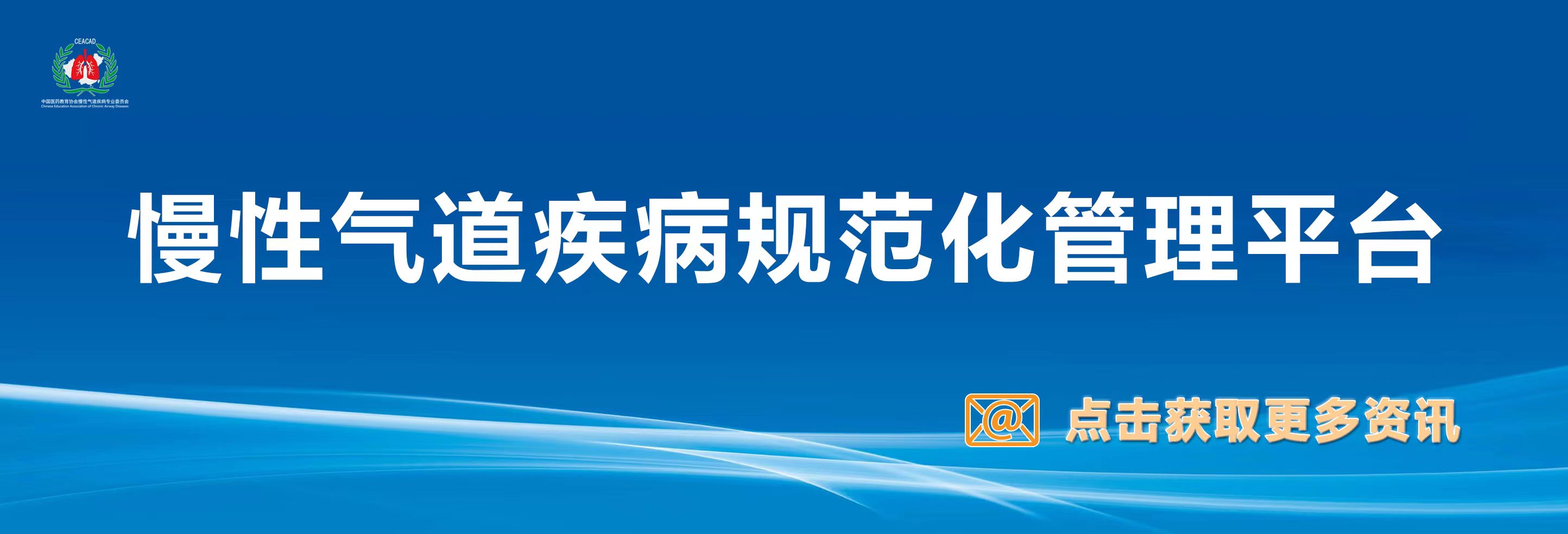聚氯乙烯纳米塑料暴露通过巨噬细胞R环积累和随后的STING激活加剧哮喘
2025/10/11
哮喘是一种受遗传和环境因素影响的慢性炎症性呼吸系统疾病。新出现的证据表明,微塑料和纳米塑料(NP)构成重大健康风险。吸入后,这些微小颗粒会在肺部积聚,引发炎症、氧化应激和其他肺功能紊乱。聚氯乙烯(PVC) NP广泛应用于包装、医疗器械和建筑材料等产品,本研究探讨聚氯乙烯NP在哮喘发病中的作用。通过卵清蛋白(OVA)诱导的小鼠哮喘模型,研究表明,暴露于PVC NP会加剧气道的高反应性,增加炎症细胞浸润,并提高肺部炎症细胞因子水平。进一步的机制研究表明,PVC NP抑制核糖核酸酶H1 (RNASEH1),导致RNA-DNA杂交环(R-loop)积累和激活环GMP-AMP合成酶(cGAS)-干扰素基因刺激因子(STING)炎症通路。该通路的关键参与在STING缺陷小鼠中得到了证实,其中通路抑制减轻了PVC NP暴露加剧的炎症。这些发现为NP污染物通过R环形成调节免疫反应的潜在作用提供了新的见解,将PVC NP与哮喘发病机制联系起来。本研究强调了解决环境暴露于NP在哮喘预防和管理中的重要性,并确定了治疗干预的潜在分子靶点。
PVC Nanoplastics Exposure Exacerbates Asthma through R-Loop Accumulation and Subsequent STING Activation in Macrophages
Qimei Bao, Yixing Huang, Mingcong Deng, Chunkai Zhang, Dan Zu, Hanyi He, Yangchan Hu, Yuke Zhong, Chen Liang, Haidong Liu, Wumin Dai, Yanhua He, Yaoshu Teng, Ji Jing, Yin Shi, Xiangdong Cheng, Zu Ye
Abstract
Asthma is a chronic inflammatory respiratory disease influenced by genetic and environmental factors. Emerging evidence suggests that microplastics and nanoplastics (NPs) pose significant health risks. When inhaled, these tiny particles can accumulate in the lungs, triggering inflammation, oxidative stress, and other disruptions in pulmonary function. This study investigates the role of polyvinyl chloride (PVC) NPs, which are extensively used in products such as packaging, medical devices, and construction materials, in asthma pathogenesis. Using an ovalbumin (OVA)-induced murine asthma model, it is demonstrated that PVC NPs exposure exacerbates airway hyperresponsiveness, increases inflammatory cell infiltration, and elevates inflammatory cytokine levels in the lungs. Further mechanistic studies reveal that PVC NPs suppress Ribonuclease H1 (RNASEH1), leading to RNA-DNA hybrid loop (R-loop) accumulation and activation of the Cyclic GMP-AMP Synthase (cGAS)-Stimulator of Interferon Genes (STING) inflammatory pathway. The critical involvement of this pathway is confirmed using STING-deficient mice, where pathway inhibition alleviates the inflammation exacerbated by PVC NPs exposure. These findings provide new insights into the potential role of NPs pollutants in modulating immune responses through R-loop formation, linking PVC NPs to asthma pathogenesis. This study highlights the importance of addressing environmental exposure to NPs in asthma prevention and management and identifies potential molecular targets for therapeutic intervention.
上一篇:
哮喘中泛素-蛋白酶体系统:机制与治疗可能性
下一篇:
痰转录组学分析和聚类揭示哮喘异质性









